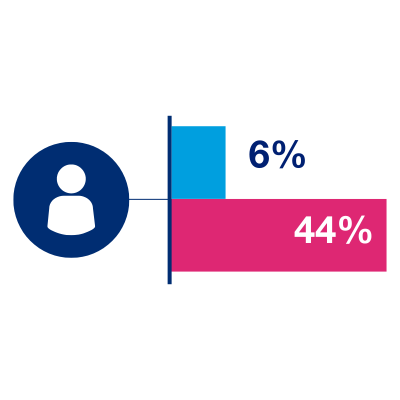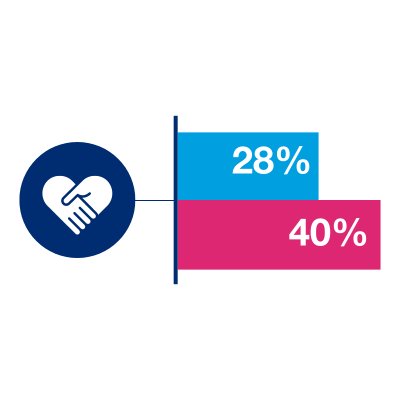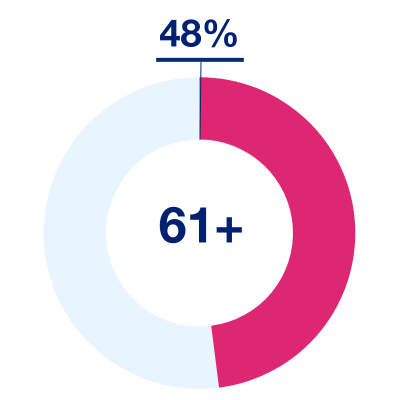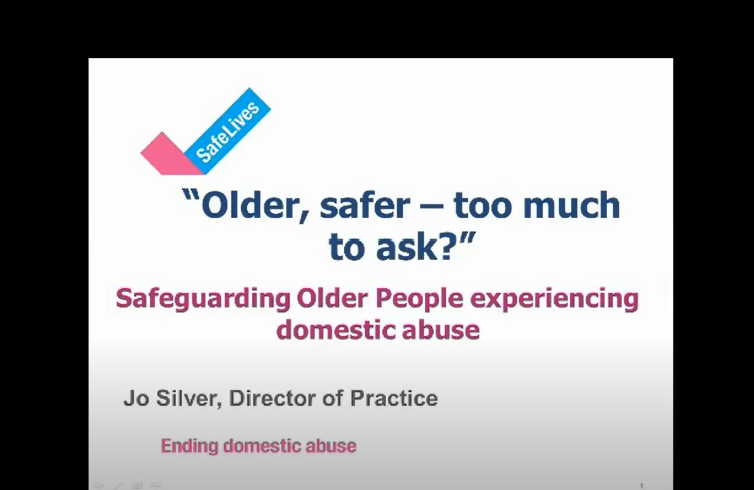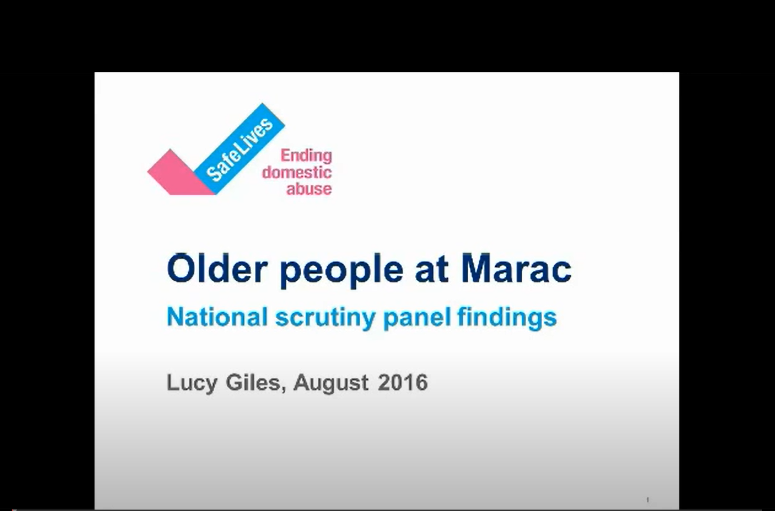On average, older victims experience abuse for twice as long before seeking help as those aged under 61. And nearly half have a disability. Yet older clients are hugely underrepresented among domestic abuse services. Our research found older victims are less likely to leave in the year before accessing help and are more likely to be living with the perpetrator after getting support.
In the first of our Spotlights series in October 2016, we focussed on the challenges facing professionals working with older people experiencing abuse. What can we do to reach older victims? How can we make sure they become – and stay – safe?
Older survivor of domestic abuseIt was behind doors a lot, you know what I mean...in them days, years ago, there was nothing at all for us to turn to,
About SafeLives’ Spotlights series
Our 2016–2019 Spotlights series shone a light on hidden victims of domestic abuse. We explored the experiences of victim groups who face additional barriers to accessing support, and can feel ‘hidden’ from services. Discover insight from survivors, practitioners, academics and other experts, alongside our own research and data.

